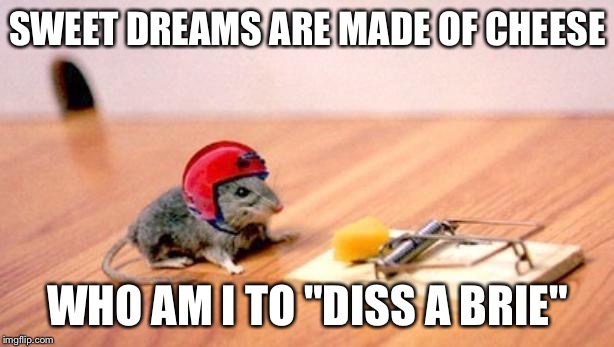Pi Day is all about circles, circumference and diameter. Pi (approximately 3.14) is delicious is the ratio of a circle’s circumference divided by its diameter. This ratio is the same for all circles.
In the spirit of Pi Day, let’s see what we can do with the fabulously fun circle and what we learn along the way by making some simple folds.
You will need the following supplies:
• Ruler
• Pencil
• Paper
• Compass
• Markers
• Scissors
• Scotch Tape™
• Small piece of candy
Procedure:
1. Use a compass to draw a 7-inch circle. Carefully cut the circle out.
2. Describe the properties of the circle.
3. Can any other shapes be made using this circle? Let’s find out.
4. First, fold the circle in half and open the circle back up. Each half of this circle is called a semi-circle. Notice that both halves of the circle are identical. We say the halves are symmetrical, or have symmetry.
5. Can you think of anything in the classroom that is a semi-circle? A protractor is a semi-circle. How many degrees are on a protractor? If you don’t know, investigate. There are 180˚ on a protractor, so, how many degrees in a full circle?
6. Now, fold the circle into fourths, then unfold the circle and locate the center. Mark the center using a marker or pencil.
7. Using a ruler, draw a line from one side of the circle to the other, making sure to pass through the center. This line is diameter of the circle.
8. Using a ruler, draw a line from the center of the circle to one point on the edge of the circle to create a radius.
9. Next, fold one side of the circle down so the edge meets the center point. Unfold and use a marker or pencil to darken the line of the fold. This line is called a chord.
10. Re-fold the circle along the chord line and fold an additional edge to the center of the circle to form an ice cream cone-like shape.
11. Fold the remaining edge of the circle to the center to form an equilateral triangle.
12. Make a new shape by folding one vertex of the triangle down so that its tip touches the center of the side opposite to it. What is the resulting shape? The shape is a quadrilateral and a trapezoid.
13. Let’s make another shape: Fold one acute vertex so that it meets one of the obtuse vertices. What is the shape created as a result of this fold? You should come up with the terms: parallelogram, quadrilateral, and rhombus.
14. Unfold the shape until you get back to the larger triangle. Then, fold each of the three vertices to the center point. The new shape that is created is a hexagon.
15. Again, unfold the shape to the original triangle. Fold the triangle so that all of the vertices touch at a single point to form a triangular pyramid. Is this shape a polyhedron?
16. Lastly, fold all of the top halves of the triangles down so they cross each other. Use tape to secure the sides. This creation is a truncated triangular pyramid. It can be used as a space to put a special treat.
Vocabulary
Property – an attribute common to all members of a class
Semi-circle – a half circle, formed by cutting a whole circle along a diameter line. Any diameter of a circle cuts it into two equal semicircles
Symmetry – when one shape is identical to another
Diameter – the length of the line through the center and touching two points on its edge; sometimes the word ‘diameter’ is used to refer to the line itself
Radius – the length of the line from the center to any point on its edge. The plural form is radii. The radius is half the length of the diameter.
Chord – a line segment that only covers the part inside the circle. A chord that passes through the center of the circle is also a diameter of the circle.
Equilateral Triangle – a triangle in which all three sides are congruent (same length)
Vertex – typically means a corner or a point where lines meet; every triangle has three vertices.
Polygon – a number of coplanar line segments, each connected end to end to form a closed shape
Quadrilateral – is any 4-sided polygon
Trapezoid – a quadrilateral which has at least one pair of parallel sides
Acute – an angle less than 90°, or to a shape involving angles less than 90°
Obtuse – an angle greater than 90° or a shape involving angles of more than 90°
Parallelogram – a quadrilateral with both pairs of opposite sides parallel
Rhombus – a quadrilateral with all four sides equal in length
Hexagon – a polygon with 6 sides
Triangular Pyramid – a pyramid having a triangular base; the tetrahedron is a triangular pyramid having congruent equilateral triangles for each of its faces
Polyhedron – a solid figure with many plane faces, typically more than six
Truncated Triangular Pyramid – is the result of cutting a pyramid by a plane parallel to the base and separating the part containing the apex
For more Pi Day fun, join us at the Museum from 10 a.m. to 1 p.m. on Thursday, March 14 for an event celebrating all things Pi! Expect crafts, Einstein-themed goodies and pies of every variety from Pi Pizza Truck and Oh My Pocket Pies. Click here for more info!


















